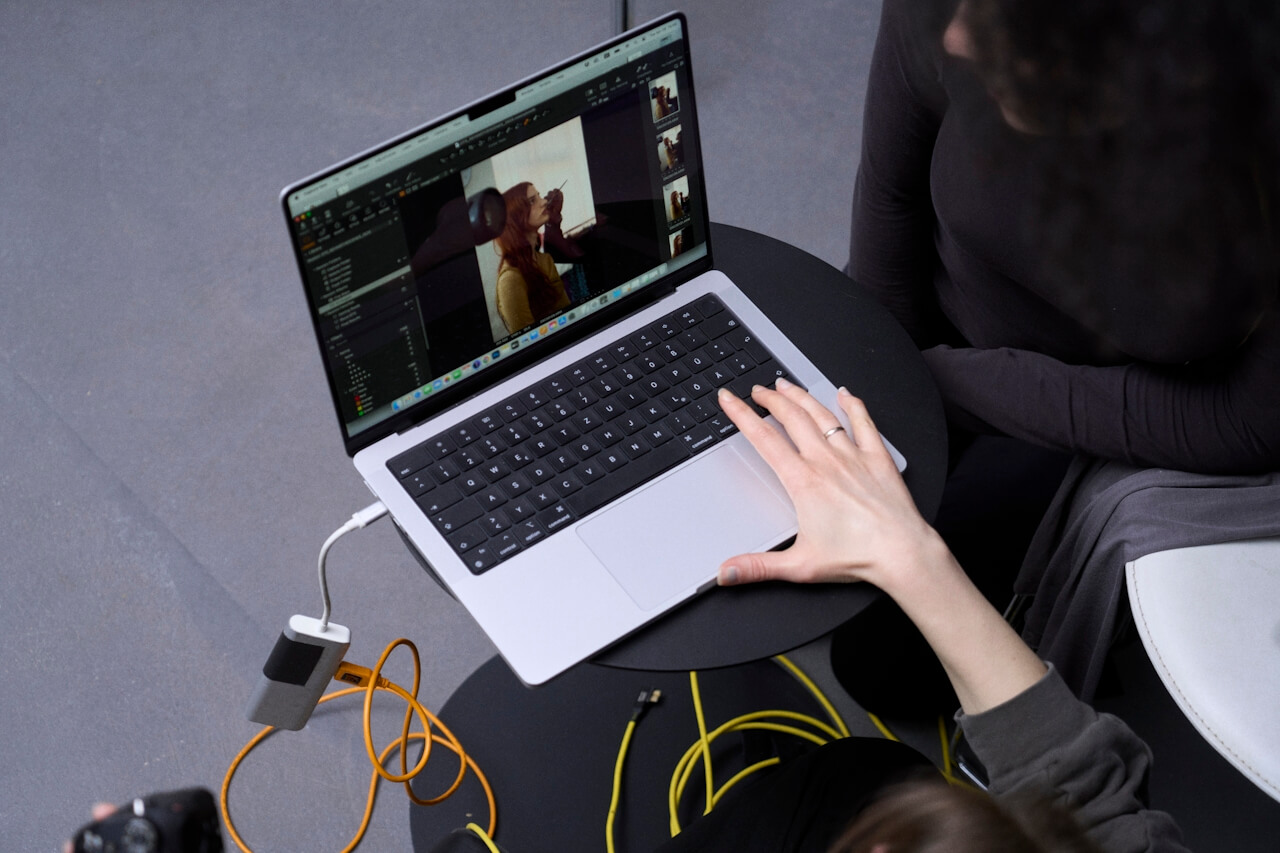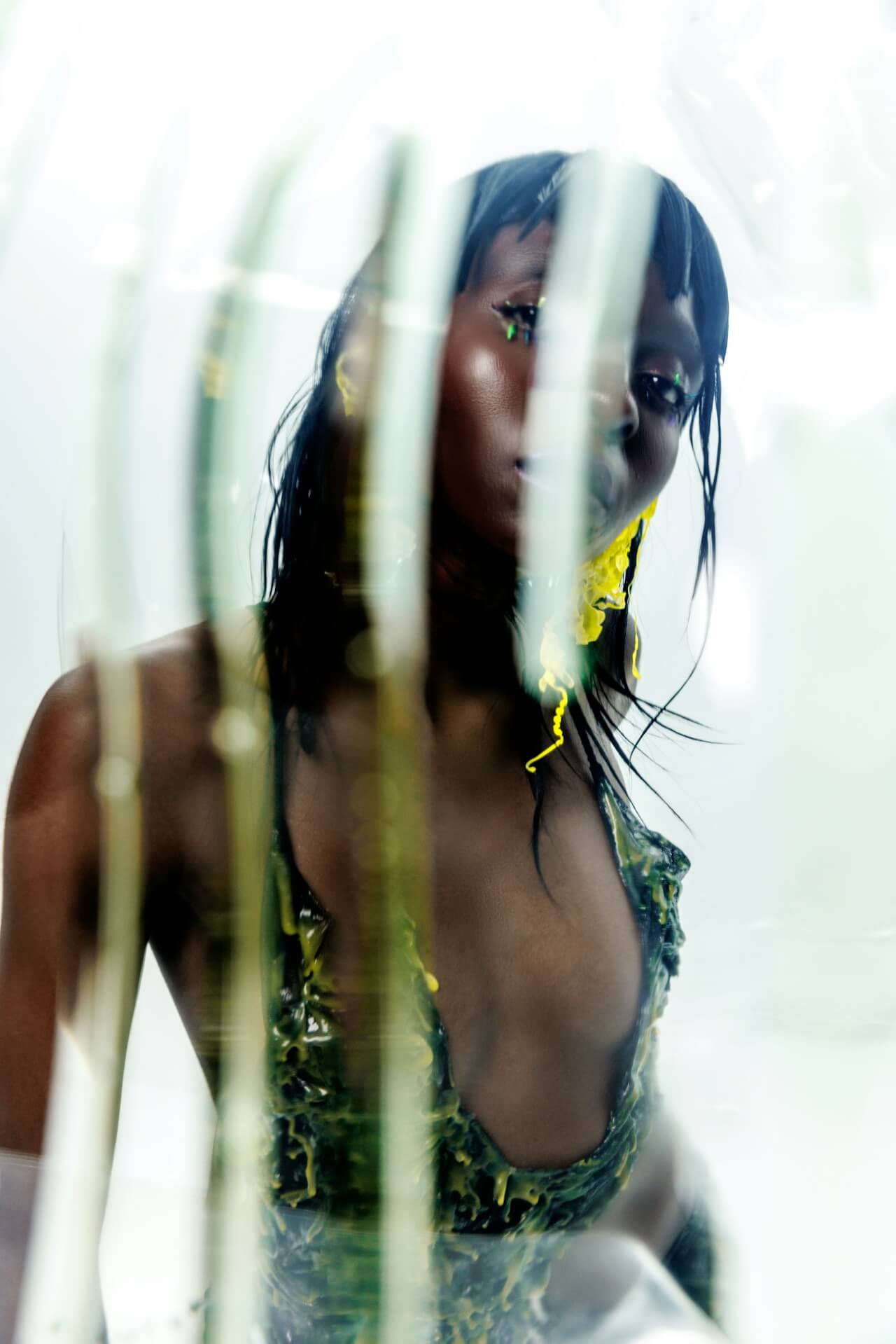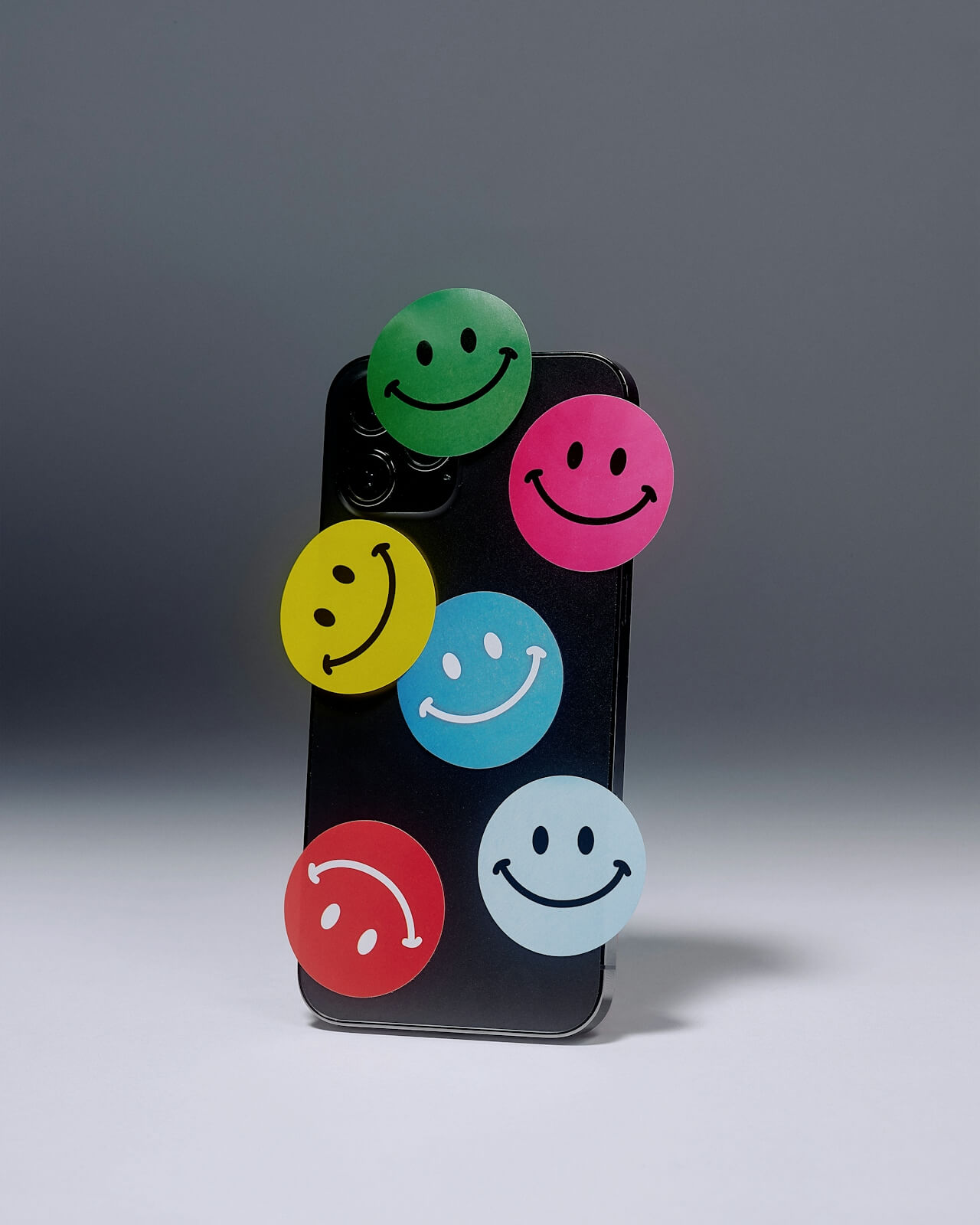Creative branding agencies distinguish themselves through exceptional conceptual thinking, distinctive visual execution, and willingness to push boundaries beyond conventional corporate aesthetics. While all professional branding agencies deliver strategic value and competent design, creative agencies specifically emphasize innovation, cultural relevance, and bold expressions that make brands memorable in cluttered markets.
Finding the right creative branding agency requires understanding what separates creatively ambitious work from safer alternatives. The best creative agencies combine strategic rigor with artistic courage, creating brands that capture attention while serving business objectives. They understand that creativity isn't decoration applied after strategy—it's how strategy gets expressed in ways that resonate culturally and emotionally.
This review examines leading creative agencies based on portfolio innovation, conceptual strength, cultural influence, and proven ability to create brands that perform commercially while pushing creative boundaries. Whether you're building a consumer brand requiring cultural relevance or a B2B company needing to differentiate dramatically, understanding what defines creative excellence helps identify partners capable of delivering breakthrough work.
What Makes Branding Agencies Creatively Exceptional
Before evaluating specific agencies, understanding what distinguishes creatively excellent work from competent execution provides framework for assessment. Creative branding isn't purely subjective—exceptional creative work demonstrates characteristics that predict both aesthetic impact and business effectiveness.
Conceptual strength separates memorable brands from generic alternatives. The best creative agencies build brands on distinctive ideas that can be articulated clearly and expressed consistently. These conceptual foundations give brands meaning beyond surface aesthetics, creating depth that supports long-term equity building.
Cultural awareness shapes how creative agencies approach brand building. They understand brands as participants in broader cultural conversations, not isolated commercial entities. This cultural fluency allows brands to resonate emotionally and socially, creating connections beyond functional benefits or rational value propositions.
Visual innovation pushes beyond established patterns and conventions. Creative agencies explore unexpected solutions rather than defaulting to proven formulas. This experimental mindset produces distinctive visual expressions that help brands stand out while remaining appropriate for business contexts.
Risk tolerance distinguishes creative agencies from conservative alternatives. They're comfortable proposing bold directions that might make some stakeholders nervous but create differentiation in competitive markets. This courage produces brands that get noticed rather than blending into category conventions.
Craft quality elevates creative concepts through exceptional execution. Ideas matter, but execution determines whether concepts feel amateur or professional. The best creative agencies demonstrate meticulous attention to detail in typography, composition, color, and all visual elements that collectively create quality perception.
Business understanding ensures creativity serves strategic objectives rather than existing purely for artistic expression. Exceptional creative agencies balance artistic ambition with commercial pragmatism, creating work that wins design awards and drives business results simultaneously.
Leading Creative Branding Agencies Globally
1. Collins
Collins has established itself as one of the most consistently creative agencies producing exceptional work for Spotify, Dropbox, and Mailchimp. Their portfolio demonstrates how strategic clarity and creative excellence combine to create brands that feel both innovative and commercially successful.
What distinguishes Collins is their integration of strategy, design, and writing into unified creative expressions. They don't separate strategic thinking from creative development—every project demonstrates how positioning, voice, and visual language work together creating coherent brands built on strong ideas.
Collins' creative work demonstrates sophisticated conceptual foundations. Their brands communicate specific ideas through visual and verbal expressions, not just attractive aesthetics. This conceptual depth creates brands that remain interesting and relevant as initial novelty fades.
Their collaborative process involves clients deeply in creative development, ensuring work stays connected to business reality while pushing creative boundaries. This partnership approach produces brands that reflect organizational culture rather than purely designer vision imposed externally.
2. Metabrand
Metabrand brings creative ambition to technology company branding, challenging assumptions that tech brands must follow conservative corporate patterns. Their specialized focus on startups, SaaS, and fintech creates understanding of how to balance innovation signals with credibility building through distinctive creative work.
The agency's creative approach emphasizes clarity and distinctiveness over complexity. They create brands that communicate technical sophistication through refined, contemporary aesthetics rather than generic tech clichés. This creative restraint serves technology companies needing to appear professional while standing out.
Metabrand's work demonstrates how systematic design thinking and creative innovation coexist productively. They build comprehensive brand systems with creative expressions that maintain consistency while allowing flexibility. This balance serves startups requiring both immediate impact and long-term scalability.
Their integration of branding with web design and development ensures creative brand concepts are implemented effectively in digital contexts where technology brands primarily exist. This comprehensive approach prevents disconnect between creative branding and actual customer experiences.
3. Pentagram
Pentagram operates as partnership of independent designers creating remarkably diverse creative work. Their portfolio spans decades and industries, demonstrating that creative excellence persists through consistent strategic rigor rather than following singular aesthetic vision.
What makes Pentagram creatively exceptional is their consistent conceptual strength regardless of project or partner. Every engagement demonstrates clear thinking about what brands should communicate and how visual expressions serve those strategic objectives. This intellectual foundation elevates their work beyond pure aesthetics.
Pentagram's creative diversity reflects their partnership structure where individual designers lead projects independently. This creates portfolio spanning minimalist corporate identities to expressive cultural brands, demonstrating versatility that single creative director agencies can't match.
Their craft quality represents industry standards through countless iterations refining every proportion and detail. The resulting brands feel inevitable and thoroughly considered rather than quickly executed concepts. This refinement distinguishes professional creative work from amateur experiments.
4. Wolff Olins
Wolff Olins has built reputation for bold, culturally-aware branding work including transformative projects for (RED), Tate, and various technology companies. Their creative approach emphasizes brands as cultural expressions rather than purely commercial artifacts.
The agency's creative work tends toward distinctive, sometimes polarizing expressions. They're comfortable creating brands that generate strong reactions rather than safe solutions everyone finds acceptable but nobody remembers. This creative courage produces differentiation in crowded markets.
Wolff Olins' strategic foundation ensures bold creativity serves business objectives. They invest heavily in understanding organizational purpose and competitive dynamics before creative development. This groundwork produces brands built on solid strategic logic despite adventurous creative expression.
Their systems thinking extends creative concepts into comprehensive visual and verbal languages. They create complete brand systems where supporting elements, patterns, and principles maintain creative vision across diverse applications. This systematization scales creative ideas effectively.
5. Gretel
Gretel specializes in motion-driven brand systems for technology, entertainment, and cultural clients. Their creative approach emphasizes how brands move, not just how they appear statically—innovative thinking for digital-first brand contexts.
The agency's strength lies in creating brands where motion is primary mode of expression. They understand modern brands exist primarily in dynamic digital environments rather than static print applications. Their creative systems are built for screens and movement from conception.
Gretel's work demonstrates exceptional craft quality in both static and animated applications. Typography, color, and composition are refined through iterations while motion design shows sophisticated timing and character. This attention to detail distinguishes their creative execution.
Their experience with entertainment and cultural clients creates comfort with expressive, personality-driven branding. For technology companies wanting to avoid generic tech aesthetics, their creative approach offers distinctive alternatives grounded in understanding how brands function culturally.
6. Studio Dumbar
Studio Dumbar is a Dutch agency creating distinctive branding and visual systems with strong conceptual foundations. Their portfolio demonstrates how systematic design thinking and creative innovation produce work that's both intellectually rigorous and visually striking.
The agency's creative work is characterized by strong concepts expressed through refined visual systems. They build brands on clear ideas that guide all visual and verbal expressions. This conceptual clarity creates coherence despite creative boldness.
Studio Dumbar's systematic approach to identity design creates comprehensive systems that work across diverse applications. They excel at complex projects requiring coordination across many touchpoints while maintaining creative vision. This ability to scale creative ideas serves organizations with extensive brand needs.
Their European design tradition emphasizes intellectual rigor alongside creative expression. Brands are built on clear strategic and conceptual foundations, not purely intuitive aesthetic preferences. This discipline produces work that ages well as trends evolve.
7. Mother Design
Mother Design creates brands, digital experiences, and campaigns with creative approaches that challenge conventions. Their work demonstrates how brands can be culturally relevant and commercially successful through unexpected creative expressions.
The agency's creative culture produces work that tends toward unexpected, culturally-aware solutions. They're comfortable with ideas that generate attention and conversation rather than playing it safe. For brands needing cultural relevance and visibility, their creative approach creates impact.
Mother Design's integration with broader Mother agency capabilities means they can support creative brand work with campaign development and activation strategies. This comprehensive support ensures creative brands aren't just beautiful identity systems but are activated effectively in market.
Their portfolio demonstrates versatility across consumer and technology clients. Creative approaches adapt appropriately whether creating lifestyle brands requiring emotional connection or technology brands needing trust alongside innovation signals.
Creative Process and Collaboration Approaches
Understanding how creative agencies work helps set realistic expectations about process, involvement, and what creative development actually entails.
Divergent exploration phases generate many creative directions before convergence. Creative agencies typically explore numerous concepts broadly before selecting directions worth refinement. This generative approach surfaces unexpected solutions that linear processes might miss but requires tolerance for ambiguity during exploration.
Conceptual presentation focuses on ideas before visual polish. Early creative presentations often show rough concepts communicating big ideas rather than finished designs. This allows evaluation of strategic and conceptual strength before investing in refinement that might prove unnecessary if concepts don't resonate.
Iterative refinement develops selected directions through multiple revision cycles. Creative work improves through iteration—initial concepts get refined, details are resolved, and execution quality increases through focused development. Expecting perfection in first presentations misunderstands creative process.
Client collaboration quality affects creative outcomes significantly. Agencies need honest feedback about what resonates and what concerns you, not approval-seeking politeness. Creative development requires authentic dialogue about whether work serves business objectives while pushing boundaries appropriately.
Courage through uncertainty distinguishes great creative partnerships. Bold creative work feels risky initially because it's unfamiliar. Trust in agency expertise and strategic foundations helps navigate discomfort that often accompanies genuinely innovative work. Safe alternatives rarely create meaningful differentiation.
When Creative Agencies Make Sense
Not every company needs or benefits from creatively ambitious branding. Understanding when creative excellence justifies investment versus when other priorities matter more helps make informed decisions.
Consumer brands where emotional connection drives preference benefit enormously from creative excellence. When functional differences are minimal and brand perception influences buying decisions significantly, creative distinction creates competitive advantage worth investing in.
Lifestyle and cultural categories where aesthetic sophistication matters critically require creative agencies understanding design as cultural production. Fashion, hospitality, arts, and design-focused businesses need brands resonating with audiences valuing creative quality.
Competitive differentiation in crowded categories justifies creative investment. When you're competing against many similar alternatives, creative distinction helps you stand out and get noticed. Generic branding disappears regardless of strategic clarity when visual expressions blend with competitors.
Premium positioning strategies require design quality matching price points. If you're charging premium prices, creative excellence signals the attention to detail and quality that justify higher costs. Amateur creative execution undermines premium positioning regardless of actual product quality.
Cultural relevance goals for brands participating in broader conversations beyond narrow commercial contexts benefit from creative agencies understanding brands as cultural participants. For companies where cultural awareness and social resonance matter, creative excellence facilitates these connections.
However, early-stage companies without product-market fit should prioritize validation over creative sophistication. Very conservative B2B enterprises serving risk-averse buyers might find bold creativity counterproductive. Technical products where functionality dominates may need clarity more than creative distinction. Assess whether creative excellence serves your specific context.
Evaluating Creative Quality
Understanding how to assess creative work helps you evaluate agency capabilities and make informed decisions during creative development.
Conceptual clarity separates strong creative work from surface aesthetics. Agencies should articulate clear ideas behind creative expressions. If they can't explain what concepts communicate and why visual decisions serve strategic objectives, work might be attractive but strategically weak.
Strategic appropriateness ensures creativity serves business context rather than existing for artistic expression alone. Creative work should feel right for your industry, audiences, and positioning. Exceptional creativity for fashion brands might be inappropriate for financial services.
Distinctive character creates memorable brands that don't blend with competitors. Evaluate whether creative work feels recognizably different from alternatives in your category. Generic creativity that could represent any company in your space fails regardless of aesthetic quality.
System thinking demonstrates whether creative concepts extend beyond hero applications into comprehensive languages. Single impressive logo designs don't ensure complete brand systems. Assess whether creative approaches work across all necessary contexts.
Craft quality reveals execution standards through attention to typographic detail, color relationships, composition, and refinement. Amateur execution undermines strong concepts. Professional craft elevates good ideas into excellent brands.
Cultural awareness shows whether creative work demonstrates understanding of broader context beyond narrow commercial objectives. Brands that resonate culturally create deeper connections than those operating purely functionally.
Working Effectively with Creative Agencies
Successful creative partnerships require appropriate client involvement and understanding of creative process dynamics.
Clear strategic alignment before creative development prevents wasted effort exploring directions that don't serve business objectives. Invest time establishing positioning, audiences, and objectives clearly. Creative development built on solid strategic foundations produces better results faster.
Open-minded evaluation during concept presentation requires separating initial reactions from considered assessment. First impressions matter but don't always predict what works long-term. Consider whether creative directions serve strategic objectives even if they feel initially unfamiliar.
Constructive feedback focuses on whether work achieves objectives rather than personal preferences. "I don't like blue" isn't useful feedback. "This feels too playful for our enterprise audience" provides direction agencies can act on constructively.
Decision-making authority clarity prevents endless revision cycles. Identify who makes final creative decisions and ensure that person is involved throughout development. Creative work suffers when too many stakeholders have equal veto power.
Trust in expertise you've hired allows agencies to push your thinking appropriately. You hired creative specialists for their judgment and capabilities. Let them challenge your assumptions and propose directions you wouldn't have considered independently.
The best creative branding agencies combine strategic rigor with artistic courage, creating brands that capture attention while serving business objectives. For companies where creative excellence creates competitive advantage, finding partners with appropriate creative capabilities and collaborative approaches produces brands that perform commercially while pushing boundaries aesthetically and conceptually.
Want to build a powerful startup brand? Get a free quote from Metabrand.










